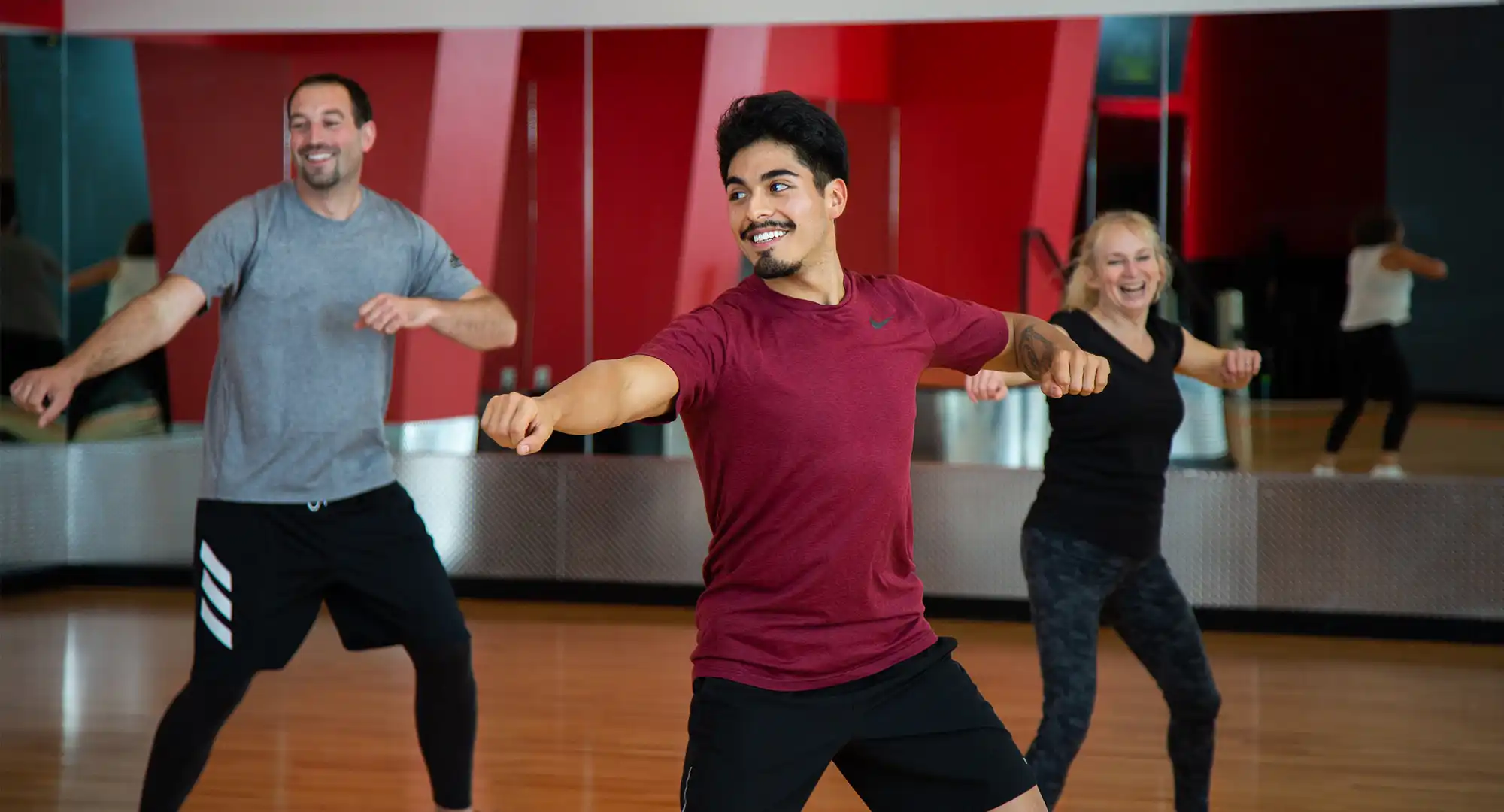Eating the right foods at the right time can make a big difference in your workout performance, comfort, and recovery. But figuring out how long to wait before hitting the gym after a meal can be tricky. Wait too long and you might feel drained of energy. Eat too close to your workout and you could end up with an upset stomach.
The good news? Finding the sweet spot between eating and exercising doesn’t have to be complicated. In this guide, we’ll explore how food, digestion, and workout intensity interact, and offer practical advice to help you plan meals and snacks around your workouts.
Why Timing Matters in Sports Nutrition
Your digestive system and your muscles compete for energy during exercise. When you eat, your body directs blood flow to your stomach to break down and absorb nutrients. When you exercise, your muscles demand that same blood flow to power your movements.
If you start a sweat session too soon after eating, your body may struggle to meet both needs, leading to discomfort like cramping, bloating, or even nausea. On the flip side, waiting too long to work out after eating can leave you without enough energy to perform your best.
Key takeaway: The goal is to eat far enough in advance to allow proper digestion while ensuring your body has the fuel it needs for optimal performance.
Factors That Impact Digestion
Several factors influence how long you should wait before exercising:
1. MEAL SIZE
Large meals: These take about 3–4 hours to fully digest. Foods high in fat, fiber, or protein take longer to process and may require extra time.
Light meals: Smaller meals are easier to digest, so you’ll only need 1-2 hours before you can begin your training session.
Light snacks: These are quicker to digest and usually only require 30–60 minutes before you can start exercising.
2. TYPE OF FOOD
Different types of food affect digestion rates:
Easy-to-digest carbs like bananas, toast, or white rice are a great healthy snack. They provide quick energy and are ideal closer to a workout.
Protein-rich foods like lean meats or Greek yogurt take longer to break down but help with muscle repair.
High-fat foods like fried snacks or creamy dishes digest the slowest and can leave you feeling sluggish if eaten too close to your workout.
3. EXERCISE INTENSITY
The harder your workout, the more time you should allow for digestion:
High-intensity workouts like running, HIIT, or heavy lifting require more blood flow to your muscles and can cause gastrointestinal discomfort if you eat too soon beforehand.
Low-intensity workouts like walking, yoga, or stretching are less likely to be affected by a recent meal.
4. INDIVIDUAL DIFFERENCES
Your metabolism, age, and personal tolerance to certain foods also play a role. Pay attention to how your body reacts to different eating and exercise schedules to find what works for you.
Pre-Workout Meal Timing
The ideal timing of your pre-workout meal depends on its size and composition:
3–4 HOURS BEFORE EXERCISE: A BALANCED MEAL
If you’re eating several hours before working out, choose a balanced meal with complex carbs, lean protein, and healthy fats to provide sustained energy.
EXAMPLES:
Grilled chicken with sweet potatoes and steamed vegetables.
Brown rice with salmon and avocado.
A grain bowl with roasted veggies and quinoa.
30–60 MINUTES BEFORE EXERCISE: A LIGHT SNACK:
For shorter digestion time, opt for a light snack with easy-to-digest carbs and a small amount of protein.
EXAMPLES:
A banana with almond butter.
Greek yogurt with a drizzle of honey.
A small granola bar or handful of pretzels.

Hydration: Don’t Forget Fluids
Hydration is just as important as food when it comes to preparing for a workout. Drinking enough water helps your body digest food efficiently and prevents dehydration during exercise.
HOW TO STAY HYDRATED
Drink water consistently throughout the day, aiming for at least 8–10 glasses daily.
Have 8–16 ounces of water about 30 minutes before your workout.
For workouts lasting longer than an hour, consider a sports drink to replace lost electrolytes and provide an energy boost.
Can You Exercise on an Empty Stomach?
Some people prefer working out in a fasted state, particularly in the morning before breakfast. While this may work for certain low-intensity exercises, it’s not ideal for everyone.
BENEFITS OF A FASTED WORKOUT
May encourage fat utilization for energy during low-intensity activities.
Convenient for early morning workouts when time is limited.
NEGATIVES OF A FASTED WORKOUT
Can lead to fatigue or dizziness, especially during high-intensity or prolonged exercise.
May result in reduced performance due to low glycogen stores.
Pro tip: If you prefer fasted workouts but feel low on energy, try a light snack like a granola bar or a piece of fruit beforehand.
Common Pre-Workout Nutrition Mistakes
Eating Too Much: Overeating before a workout can leave you feeling heavy and sluggish, making it harder to perform at your best.
Skipping Meals Entirely: Exercising without eating anything can lead to low energy, reduced performance, and even dizziness.
Choosing Hard-to-Digest Foods: High-fat or high-fiber foods take longer to process and can cause bloating or cramping during exercise.
Neglecting Hydration: Not drinking enough water before a workout can lead to dehydration, fatigue, and decreased performance.

How to Adjust for Different Exercise Types
Not all workouts are created equal, and your pre-workout nutrition should reflect the type of exercise you’re doing.
High-Intensity Workouts (e.g., HIIT, Running, Weightlifting)
Ideal wait time: 2–3 hours after a large meal or 30–60 minutes after a snack.
Focus on carbs: Your muscles will need fast-digesting carbs to power through intense movements.
Low-Intensity Workouts (e.g., Walking, Yoga, Stretching)
Ideal wait time: 30–60 minutes after a small snack.
Light snacks work well: A banana or granola bar provides just enough energy without weighing you down.
Post-Workout Nutrition: The Recovery Factor
What you eat after your workout is just as important as your pre-workout meal. A combination of protein and carbs helps replenish glycogen stores and repair muscles.
EXAMPLES OF POST-WORKOUT MEALS
Chocolate milk: A simple, effective option for restoring glycogen and providing protein.
A turkey sandwich on whole-grain bread.
A protein shake with a piece of fruit.
Personalized Nutrition: Listen to Your Body
Ultimately, the best pre-workout meal plan is one that works for you. Experiment with different foods, portion sizes, and timing to find the combination that makes you feel energized and comfortable during exercise. If you’re unsure where to start, consider consulting a registered dietitian or sports nutrition expert.
Sample Pre-Workout Meal Timing Plan
3–4 HOURS BEFORE A WORKOUT:
Grilled chicken with quinoa and roasted veggies.
Brown rice bowl with lean turkey and avocado.
1–2 HOURS BEFORE A WORKOUT:
Whole-grain toast with almond butter and banana slices.
Greek yogurt with granola and berries.
30–60 MINUTES BEFORE A WORKOUT:
A banana or apple with a small handful of nuts.
A small granola bar.
The Bottom Line
So, how long should you wait to workout after eating? It depends on the type of food, meal size, and your planned workout intensity. For large meals, aim to wait 3–4 hours, while smaller snacks can fuel you within 30–60 minutes.
By planning your pre-workout meal carefully, staying hydrated, and listening to your body, you can optimize your athletic performance and make your workouts more effective and enjoyable.




